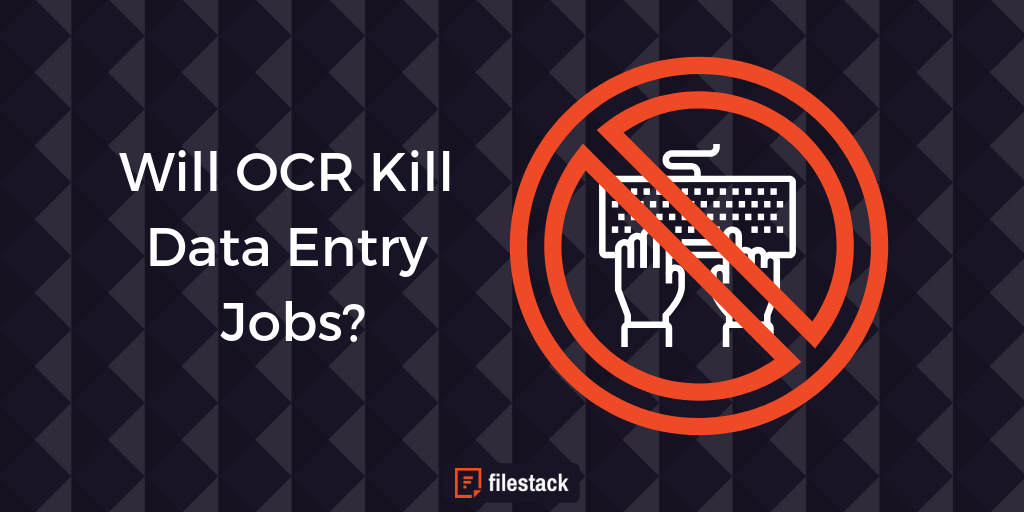Without verification, most data entry achieves about a 96% accuracy. Comparatively, OCR technology can now achieve rates of up to 98% accuracy, with a number of distinct advantages. While some data entry jobs may always exist – especially data entry jobs that are transformative in nature — it’s likely that the bulk of them will be automated within the next decade.
The Advantages of OCR
Traditionally, OCR technology couldn’t achieve the same accuracy as a human, especially when digitizing elements like handwriting. This created a need for human data entry clerks. Now that OCR technology can exceed the accuracy of a human typist, this is no longer an issue – and there are a number of additional advantages as well:
- Speed. An OCR solution can translate data almost immediately, especially when leveraging the power and resources of a cloud platform. Regardless of accuracy, human typists require time. The average data entry clerk types at 80 WPM, with each page potentially taking two to three minutes. In an hour, a human typist might be able to process 20 pages of work. An OCR solution would be able to scan and analyze 20 pages immediately.
- Cost. A single OCR solution can take the place of many work hours, thereby reducing the cost of data entry significantly. In turn, this reduces an organization’s overhead, depending on how much data entry they need to do. If an organization has 16 hours of data entry a week now, all of those work hours will be saved by switching to OCR. This includes not only the raw pay of the data entry clerk, but also benefits and insurance associated with hiring a clerk.
- Consistency. An OCR solution will consistently enter in data the same way, whereas multiple data entry clerks might have different training or different ways to do things. This is particularly important when it comes to things that could be ambiguous, such as correcting the spelling of words as they type them, or entering in capitalization and punctuation.
OCR solutions are fast and cost-effective, so there remains very little reason why OCR cannot kill many data entry jobs. In fact, it’s likely that it will except for very niche applications – human eyes may still be needed if more complex analysis is required. Even that, however, can be tackled through the use of machine learning technology.
Data entry work is on the decline already, showing shrinkage of 7.2% annually. This is especially notable given that nearly all other computer-related fields have been growing. Those who currently specialize in data entry may ultimately need to move into separate fields; some related fields include transcription and court document typing.
For businesses, it’s important to note the incredible advantages of OCR solutions in terms of data entry. While data entry may go away “in the future,” it’s already deprecated; an OCR solution can save a company both money and time if applied now. Take a step toward improving your business today by signing up for a free trial with Filestack!
Filestack is a dynamic team dedicated to revolutionizing file uploads and management for web and mobile applications. Our user-friendly API seamlessly integrates with major cloud services, offering developers a reliable and efficient file handling experience.
Read More →
